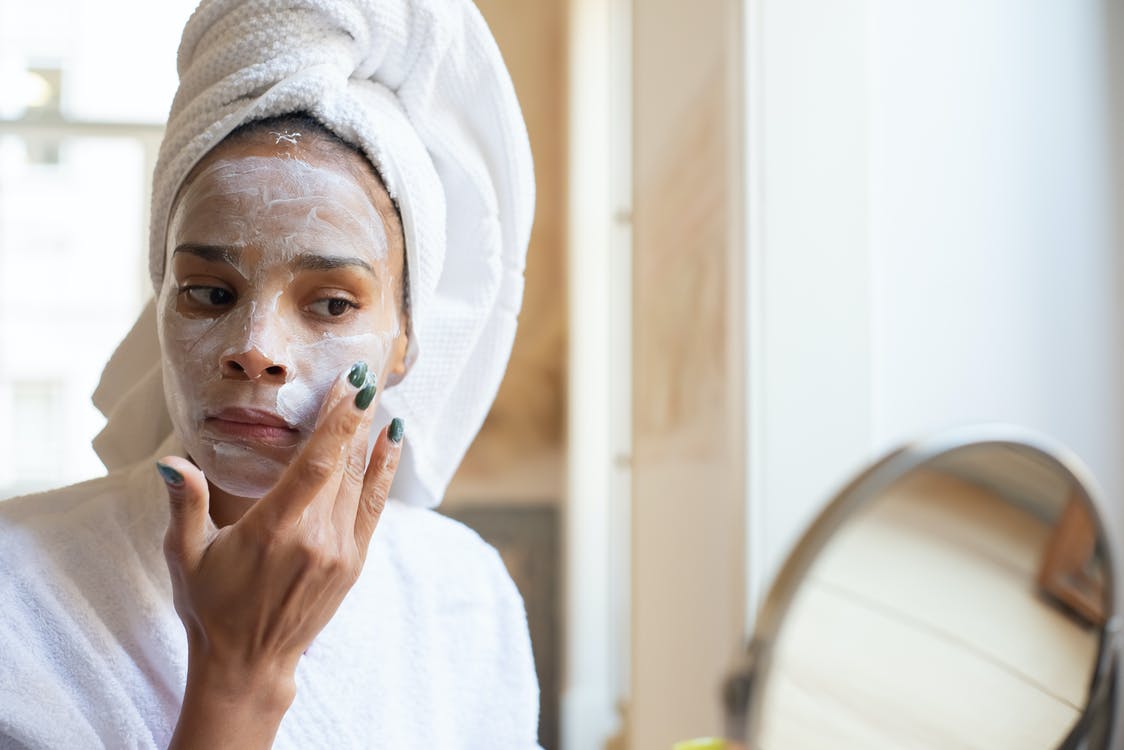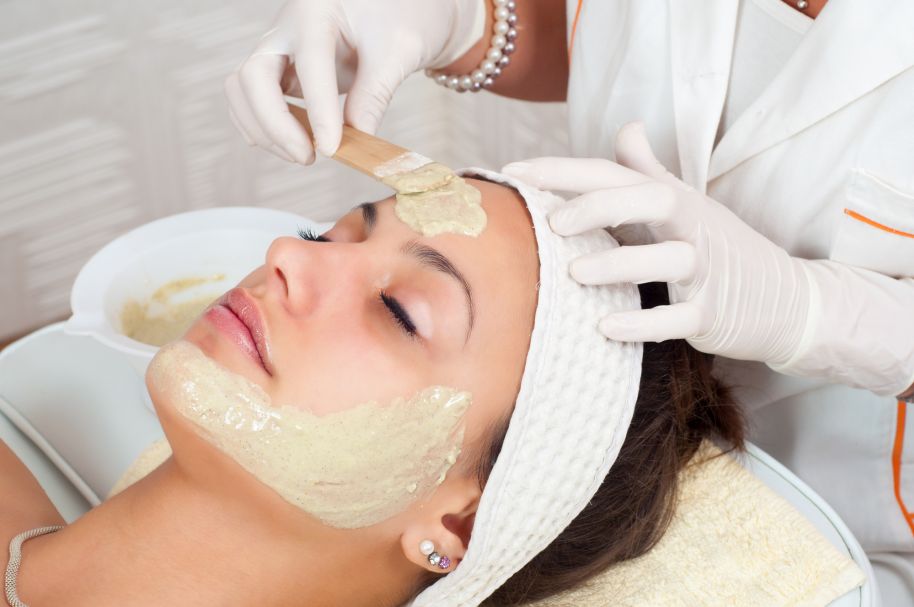What to Use to Exfoliate Body: Tools and Techniques Explained?
Exfoliation is often considered an essential step in any beauty routine. Knowing what to use to exfoliate the body is crucial for achieving smooth, vibrant skin. As beauticians, having the right knowledge about exfoliation will not only help you enhance your skills but also keep your clients skin looking its best.
Understanding the various exfoliation methods and their benefits can seem overwhelming. However, this guide will break down popular options, how frequently they should be used, and provide insights into choosing the right products for all skin types. Lets dive deep into the world of body exfoliation!

Types of Exfoliation: Physical vs. Chemical
When considering what to use to exfoliate the body, its important to understand the two main types of exfoliation: physical and chemical. Each has its unique benefits and drawbacks.
Physical Exfoliation
Physical exfoliation involves the use of scrubs or tools to physically remove dead skin cells from the surface of the skin. These can be done at home or in a professional setting. Common physical exfoliators include:
- Body Scrubs: These are typically made of natural or synthetic particles that help slough away dead skin. They come in various formulations, including sugar, salt, or coffee scrubs.
- Exfoliating Brushes: These tools help scrub the skin, providing a more hands-on approach to exfoliation.
- Loofahs and Sponges: Natural loofahs and sponges can also effectively exfoliate the skin.
Chemical Exfoliation
Chemical exfoliation uses acids or enzymes to dissolve dead skin cells and promote cell turnover. The most common types include:
- AHA (Alpha Hydroxy Acid): Commonly derived from fruits, AHAs are effective for brightening skin and smoothing texture. They are particularly good for dry or sun-damaged skin.
- BHA (Beta Hydroxy Acid): BHAs can penetrate deeper into the skin, making them ideal for oily or acne-prone skin types.
- Enzymes: These are derived from fruits like pineapple and papaya and are gentle options that can be suitable for sensitive skin.
Choosing the Right Products
Selecting the appropriate products for body exfoliation is crucial. Here are key factors to consider:
- Skin Type: Different skin types require different exfoliation methods. For instance, those with sensitive skin might prefer enzyme exfoliants or gentle scrubs, while oily individuals may benefit from BHA.
- Desired Results: Knowing your goal is important. Do you want to brighten the skin, reduce acne, or enhance smoothness? This will help in making the right choice.
- Frequency of Use: Over-exfoliating can damage the skin barrier. For most individuals, 1-3 times a week is a recommended frequency, but this can vary based on skin type.
Natural Options for Exfoliation
Many beauticians prefer to use natural products for body exfoliation. Some common natural ingredients you can recommend to clients include:
- Sugar: A fantastic natural exfoliant that is gentle on the skin.
- Ground Coffee: Known for its invigorating scent, it also helps improve circulation.
- Oatmeal: This is perfect for calming the skin while offering gentle exfoliation.
- Sea Salt: This is great for those looking for a more intense scrub.
For examples on how to incorporate these ingredients effectively, check out this article on natural exfoliants.
When to Exfoliate
Knowing when to exfoliate is just as important as knowing what to use to exfoliate the body. Depending on the type of exfoliant chosen, recommend clients exfoliate:
- Physical Exfoliants: Once or twice a week.
- Chemical Exfoliants: Depending on strength, anywhere from once a week to multiple times a week for those with acclimated skin.
Ensure that clients listen to their skins needs, and adjust their routine accordingly.
Aftercare Tips for Optimal Results
After exfoliation, proper skin care is crucial. Here are some aftercare tips you can share with your clients:
- Hydration: Always apply a moisturizer post-exfoliation to nourish the skin.
- Sunscreen: Exfoliating can make skin more sensitive. Remind clients to wear sunscreen to protect against UV damage.
- Gentle Products: Advise using gentle, non-irritating products for a day or two after exfoliating.
Common Mistakes to Avoid
As professionals, its essential to educate clients on common exfoliation mistakes. Here are a few to highlight:
- Over-Exfoliating: This can lead to redness, irritation, and breakouts.
- Ignoring Skin Type: Using inappropriate methods for skin type can be harmful.
- Not Following Up: Failing to moisturize after exfoliation can leave skin feeling dry and rough.
Conclusion
In conclusion, knowing what to use to exfoliate the body is fundamental for beauticians. By understanding the types of exfoliant, how to choose the right products, when to exfoliate, and aftercare practices, you can dramatically improve your clients' skin health and satisfaction. Always remember that what works for one person may not work for another; customization is key to beauty success.
For more tips on skincare routines and practices, you may find this article helpful.

FAQs
1. How often should I exfoliate my body?
It generally depends on your skin type, but most recommend 1-3 times a week.
2. Can I use the same exfoliator for my face and body?
No, facial exfoliators are usually gentler, while body exfoliators can be more robust.
3. What should I do if my skin feels irritated after exfoliating?
If irritation occurs, reduce exfoliation frequency and apply calming and hydrating products.

